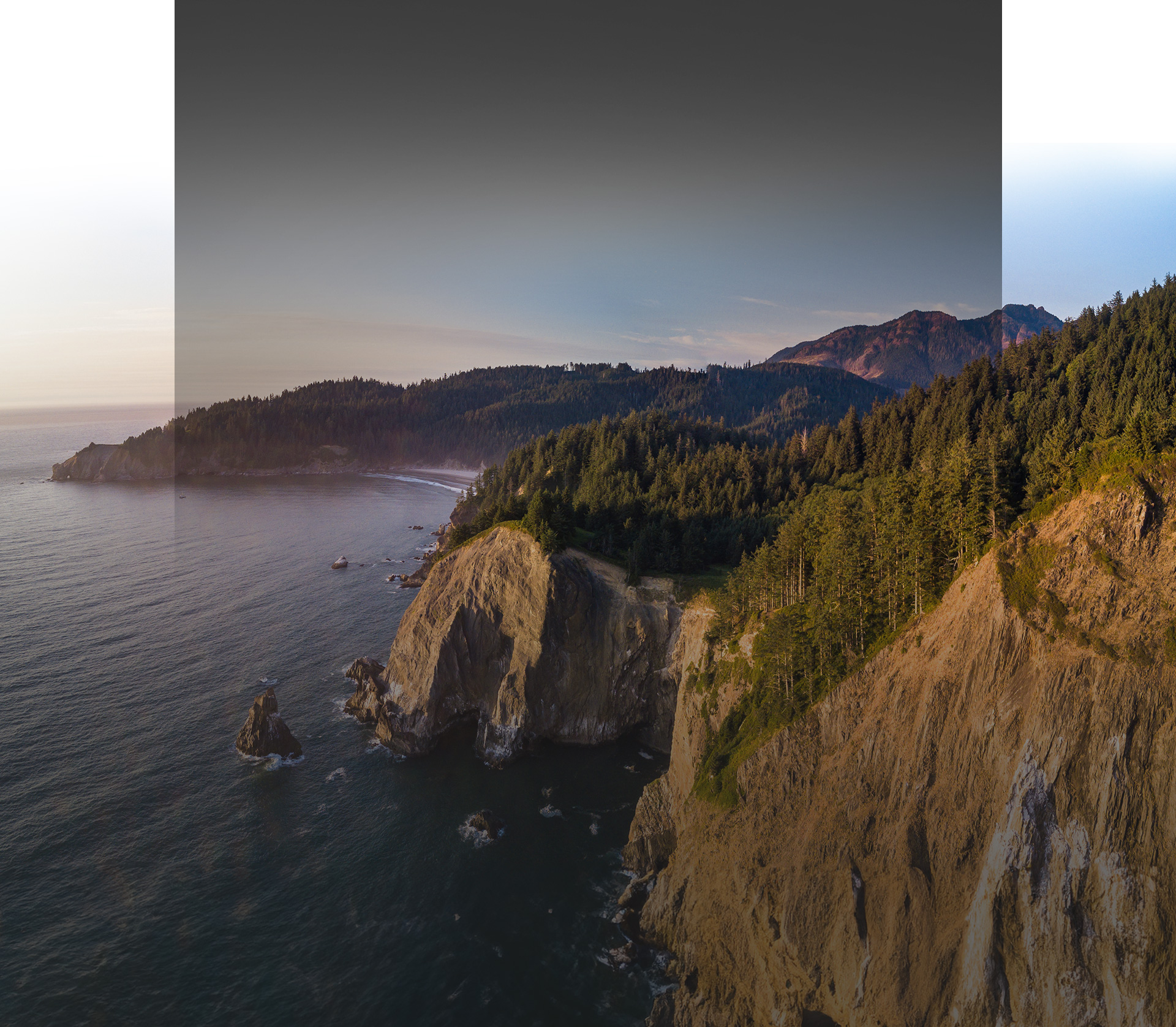Stay Safe During the Winter
Living in Washington State we know that rain is an inevitable part of our commute, but did you know that according to the Federal Highway Control, wet pavement and rain are the leading causes for weather-related collisions?

According to the Federal Highway Administration, 46% of weather-related incidents occur during rainfall, and a staggering 74% occur when the pavement is wet. In Washington State there is an auto collision roughly every 5 minutes, and sadly at least one every 20 hours involves a fatality.
Luckily there are steps we can take to help lower the risk factors, and help protect ourselves, our loved ones, and other drivers around us. Knowing some of the potential factors and being aware of what we can do, is the first step to prevention.
Hydroplaning-The term commonly used when our tires skid or slide across a wet surface (Fun Fact: In Europe they refer to Hydroplaning as Aquaplaning). It’s possible for hydroplaning to occur on any wet road like surface, and can be incredibly frightening to experience. Hydroplaning itself is the act of your tires losing their grip with the pavement and driving on top of the water. In some cases, usually at higher speeds, you can lose all contact with the pavement, and in less than a second, can lose control of your vehicle. When you experience hydroplaning DO NOT hit your brakes and DO NOT try turning your steering wheel. Hitting the brakes or turning the steering wheel can cause skidding or complete loss of control. DO- remain calm, hold tight to your steering wheel, and slowly ease your foot off the gas petal to slow the vehicle until you regain control.
Slow Down– When you find yourself commuting in the rain, or if the road is slick from recent rainfall, slow down. Posted speed limit signs are there for good reason, but are posted with the appropriate speed in mind for ideal or perfect driving conditions. So, reducing your speed is wise even when it’s not actively raining, but there is water over the roadway.
Give Yourself More Stopping Time– In perfect conditions, the rule for the appropriate distance you give to the car in front of you is referred to as the two second rule; You can watch the vehicle in front of you pass a fixed object on the side of the road, and count to two. However, under less than perfect circumstances the two second rule can be dangerous, as it takes longer to stop on wet pavement. When conditions are wet and rainy it is recommended that you give yourself an additional two to three seconds to minimize the risk of a collision.
Turn on Your Headlights– something that takes no time at all, turning on your headlights can prevent a collision. Driving in rainy wet conditions can cause a dramatic decline in ability to see the road or other vehicles. Turn on your headlights to help increase your visibility and increase the ability of other motorists to see you.
Be Aware of Your Surroundings– Remain Alert, and avoid that “auto pilot mode”. Staying aware of those around you, watching out for patches of water, increasing your following distance, turning on windshield wipers and headlights, slowing down when conditions are hazardous, and avoiding cruise control when it’s raining are all good steps to take when driving in less than perfect weather.
Snow and Sleet– Seattle is on the lighter side when it comes to snowy conditions when compared to some of our neighbors. Seattle and surrounding areas have an annual average of three days that receive snow, with less than 5 inches. When snowy conditions occur, similar safety precautions should be taken while driving. The Washington State Department of Transportation recommends the use of snow chains when encountering heavy snow. Snow tires also provide extra traction on snow and ice, so are also a good option when encountering snowy conditions.
No matter what conditions you find yourself driving in this winter, be sure take the proper safety steps to protect yourself and your loved ones.
The post Winter Driving Safety appeared first on Palace Law LLP.





